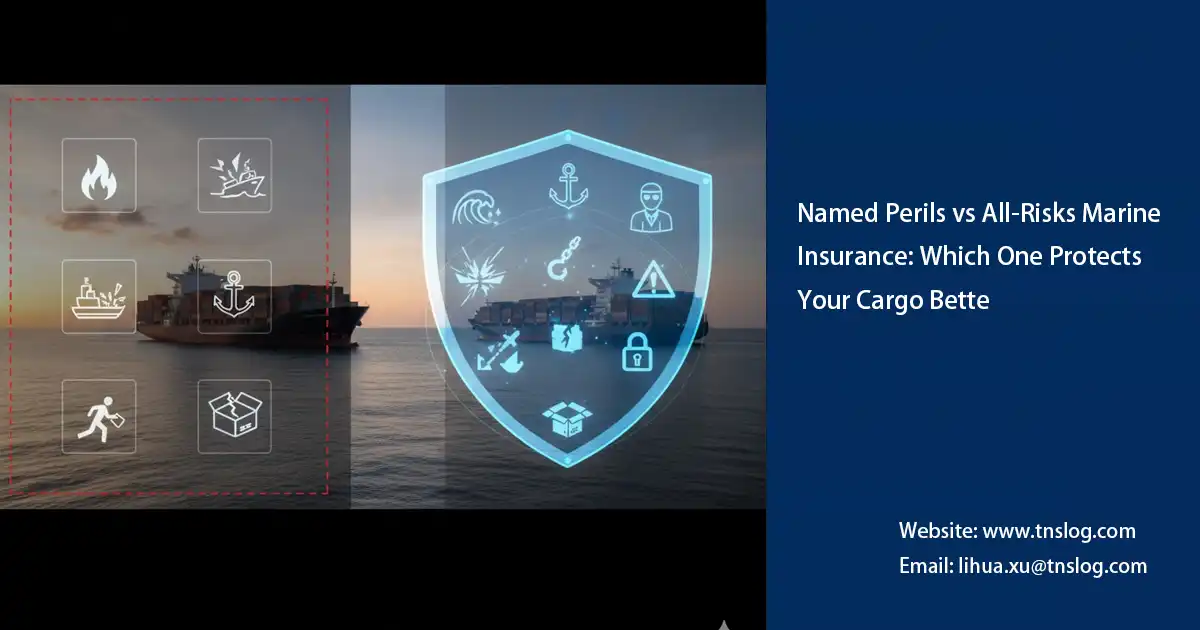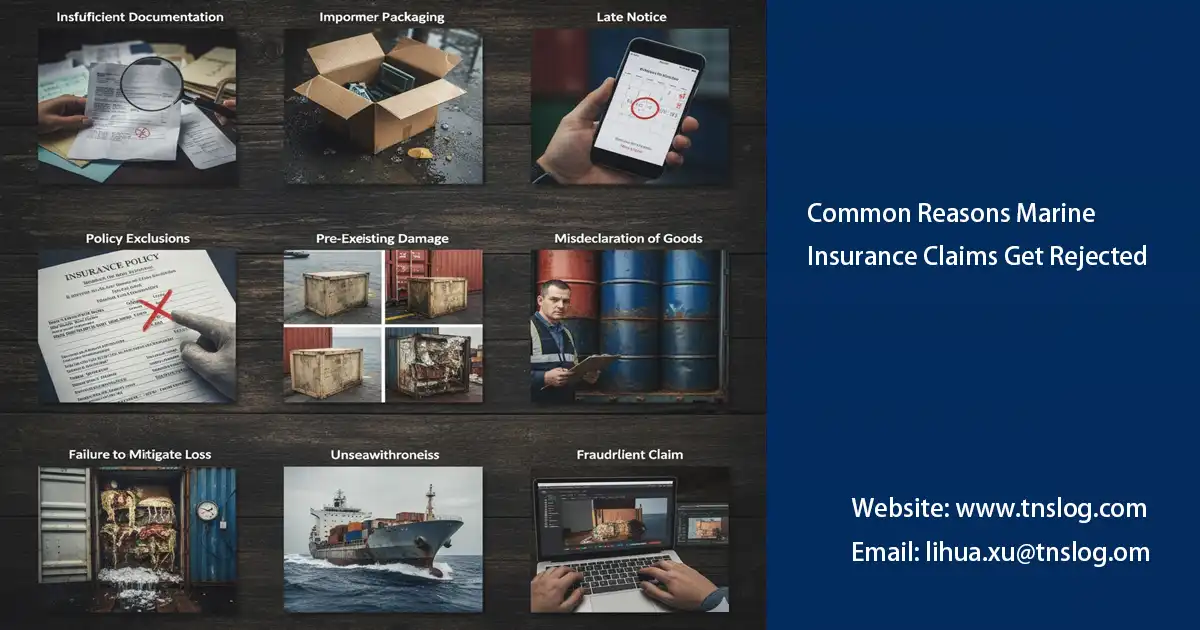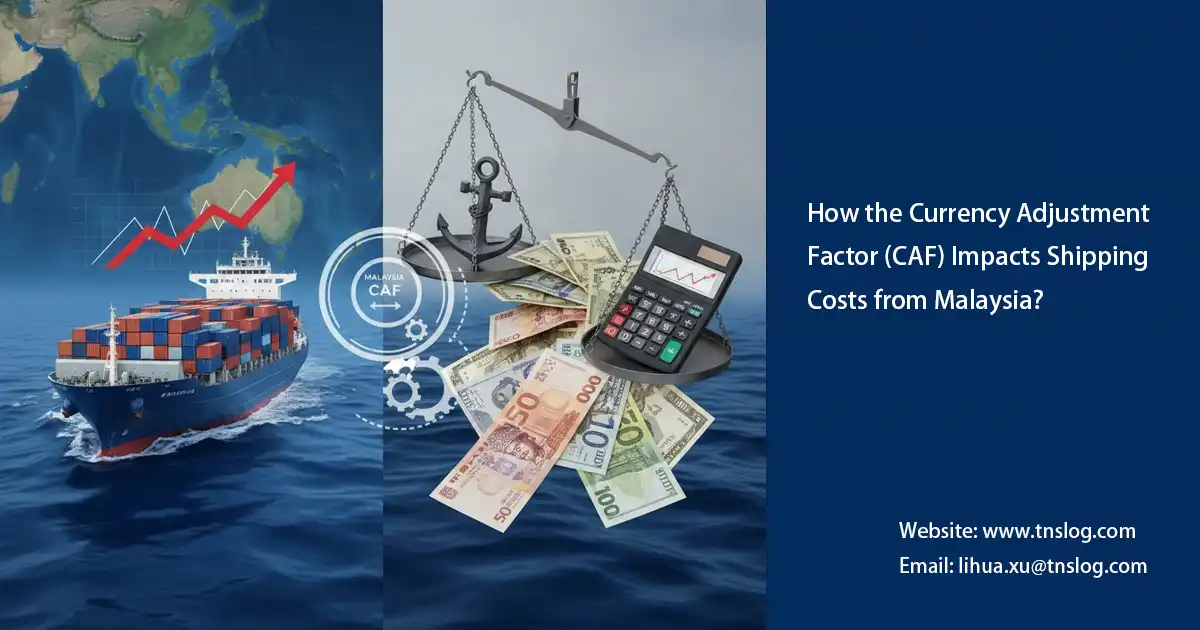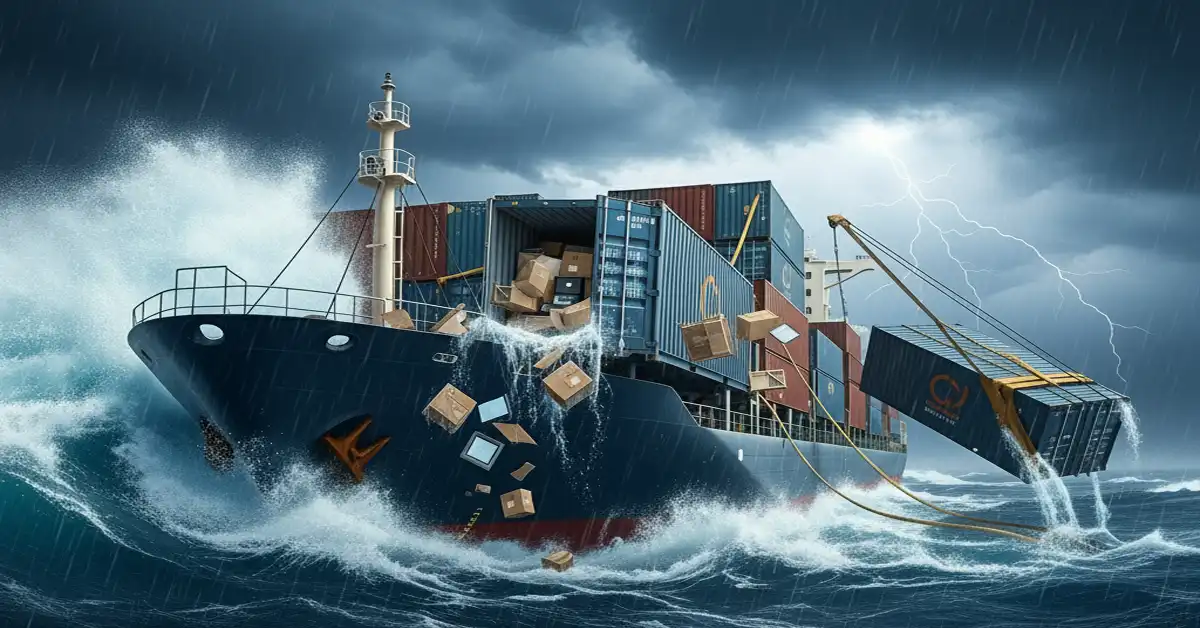Real-Life Case Studies of Successful Marine Insurance Claims
When cargo is lost or damaged at sea, the difference between a rejected and a successful insurance claim often lies in preparation, documentation, and communication.
The following real-life case studies illustrate how marine insurance claims are handled successfully—and what best practices can help ensure fair compensation in future shipments.
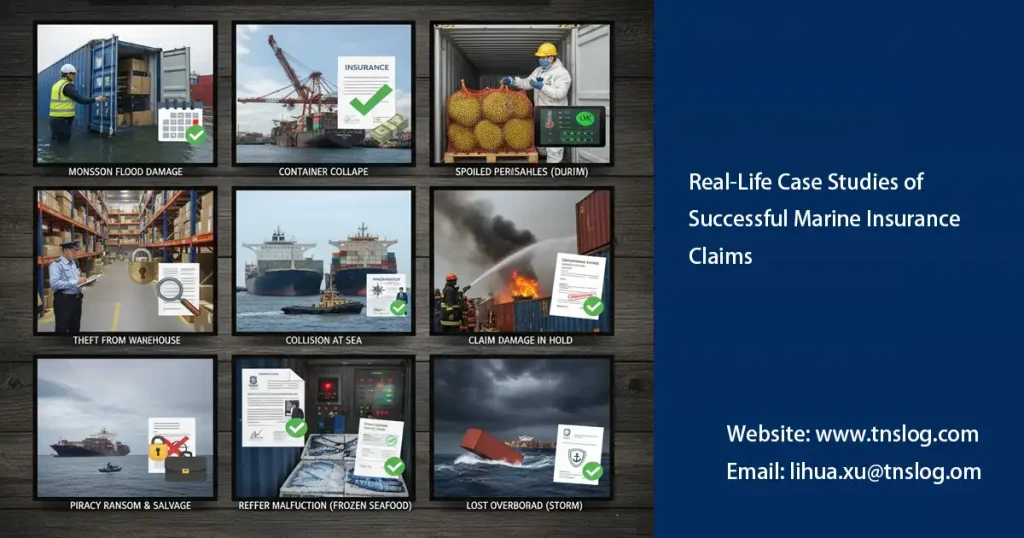
Case Study 1: Electronics Shipment
Background:
A Malaysian exporter shipped high-value consumer electronics from Port Klang to Rotterdam under a CIF (Cost, Insurance, and Freight) contract. During transshipment in Singapore, the container was exposed to heavy rainfall while the cargo door was open, causing moisture ingress and significant water damage.
Challenge:
The shipment’s packaging didn’t show visible external damage, leading the carrier to deny responsibility. The exporter feared that the insurer might reject the claim for “insufficient proof of loss.”
Solution:
The freight forwarder coordinated an immediate joint cargo survey, collected temperature and humidity data from the port terminal, and obtained a survey report confirming damage caused by improper handling during loading.
Because the cargo was insured under All Risks coverage, the insurer accepted liability after the inspection report.
Outcome:
Within 45 days, the exporter received full compensation for the damaged goods—approximately USD 120,000—covering product value and shipping costs.
(For readers unfamiliar with coverage types, see All Risks, WPA, FPA — What Do They Really Mean?
Case Study 2: Machinery Shipment
Background:
A Malaysian engineering company exported precision CNC machinery to Turkey. Upon arrival, one of the machines showed severe impact damage on its base frame.
Challenge:
The consignee reported the issue two weeks after delivery—well beyond the standard 3-day claim notification window. The insurer initially refused the claim, citing late notice.
Solution:
The freight forwarder intervened by presenting evidence from the shipment tracking system, showing that the crate had been mishandled during inland transport before customs clearance.
The forwarder also provided email correspondence proving that the consignee discovered the damage only after uncrating the machinery under professional supervision, justifying the delay in notification.
Outcome:
After reviewing the documentation, the insurer accepted the claim, compensating 80% of the loss amount (USD 65,000). The case demonstrated how timely evidence gathering and professional communication can turn an initially denied claim into a successful one.
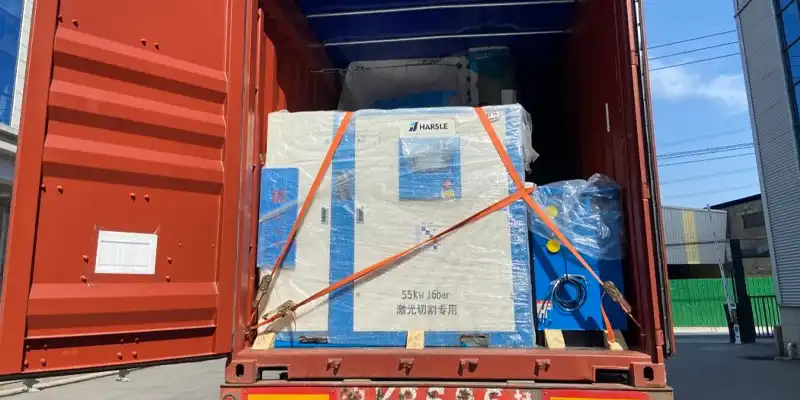
Case Study 3: Perishable Goods
Background:
A refrigerated container of frozen seafood was shipped from Penang to Jeddah. During transit, the reefer unit malfunctioned for nearly 18 hours, causing partial thawing and quality degradation.
Challenge:
The shipper needed to prove that the temperature fluctuation occurred during transit and not before loading, as insurance liability depends on when the incident occurred.
Solution:
The freight forwarder worked with the reefer service provider to retrieve data logger records showing that the cargo temperature remained stable before departure but spiked mid-voyage.
The data was included in the claim submission, along with a survey report and photos of damaged cargo. The claim was processed following procedures similar to those outlined in Step-by-Step Guide to Filing a Marine Cargo Insurance Claim
Outcome:
The insurer approved compensation for 90% of the affected cargo value (approximately USD 48,000). The forwarder’s prompt coordination with the shipping line and provision of temperature records were key to success.
Lessons Learned from Each Case
Across these cases, several consistent success factors emerged:
- Immediate Notification – Always inform your insurer and forwarder as soon as damage is discovered.
- Accurate Documentation – Keep bills of lading, survey reports, photos, and correspondence organized.
- Professional Coordination – Engage your freight forwarder early—they can help collect technical evidence.
- Right Insurance Coverage – Choose suitable coverage (e.g., All Risks over WPA or FPA) based on cargo type.
- Follow Claim Procedures – Ensure compliance with notification deadlines and required claim documents.
These principles not only increase the success rate of claims but also minimize business disruption when unexpected losses occur.
Conclusion: Best Practices for Claims
Every successful marine insurance claim shares one thing in common: clarity and consistency across documentation, timelines, and communication. Whether it’s electronic goods, industrial machinery, or temperature-sensitive cargo, the key lies in preparation and coordination.
Working with an experienced freight forwarder can make all the difference—they understand the claim process, insurer requirements, and evidence standards. If your cargo ever suffers damage, don’t wait—contact our team for expert guidance on documentation, claim filing, and insurance handling. We help you protect your cargo and recover your losses efficiently
You may also be interested in
Have Anything To Ask Us?
Please fill in your email in the form and we’ll get back to assist you soon!

